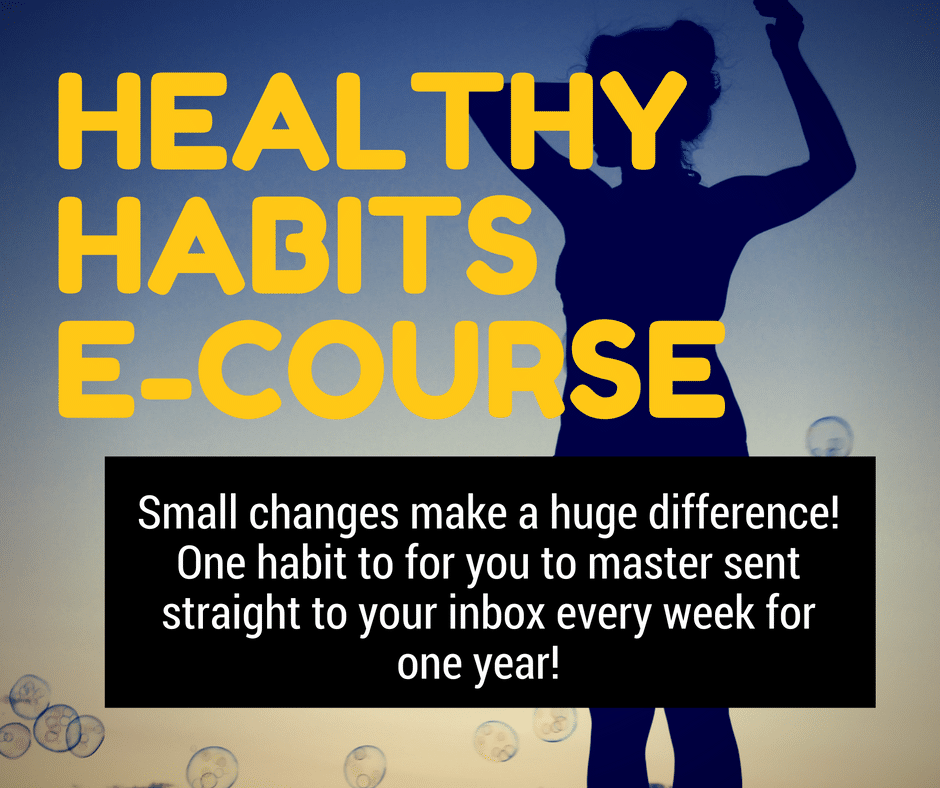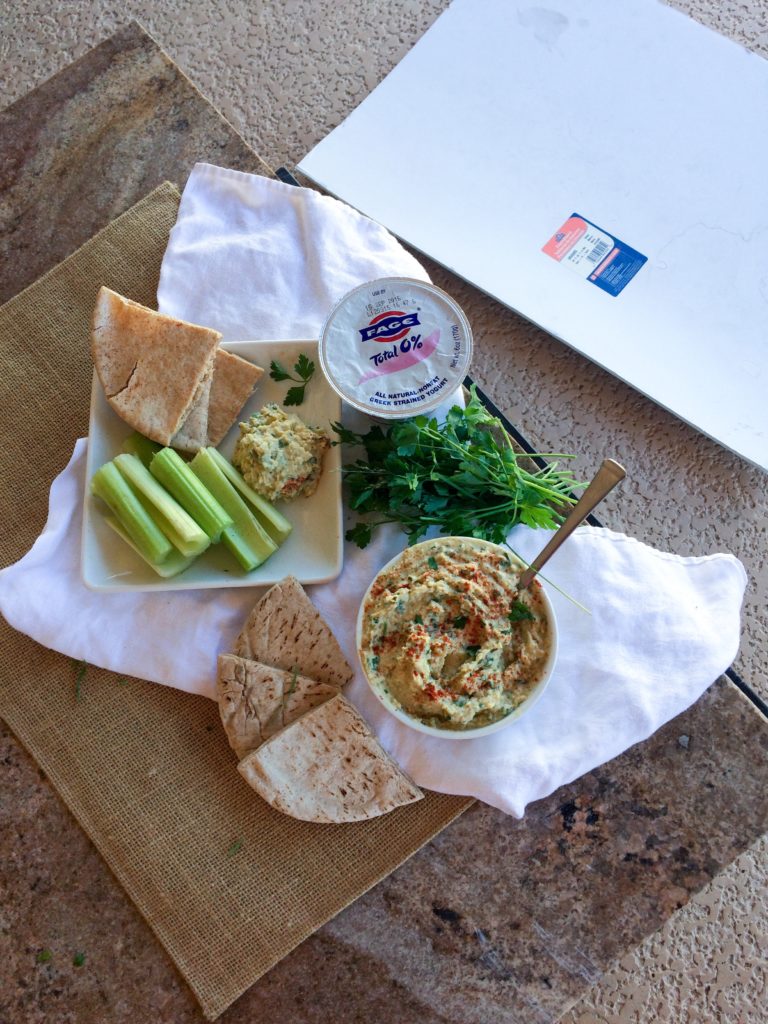Weekend Fun
Not a ton to report on the weekend front over here. Saturday morning Nala and I made it through a 3.5-mile run.

This is what running with a dog is like:
- mile 1- 11:11
- mile 2- 8:16
- mile 3- 11:56
Can you tell which miles we took potty and walking breaks at? It had been over 2 months since we ran together so overall I'm happy we knocked it out with minimal leash biting.
When Mr. Hungry got home from basketball we tackled cleaning out our guest bedroom closets, again. We both had boxes and boxes of childhood memorabilia we knew we didn't need or want. We downsized quite a bit! I was all for the idea of a yard sale but Mr. Hungry wasn't having any part of that idea. Oh well!
Sunday was filled with church, a long walk, and chores! I also photographed two of my favorite old school Hungry Hobby recipes to update.
Week 35: Read The Ingredients FIRST
What is the first thing you look at when you are trying to decide if food is healthy or not? How do you determine if it will go in your cart? Do you look at fat, sodium, carbs, protein? Believe it or not, I actually coach my Hungry Hobby RD clients to read the ingredient list FIRST instead of the nutrition facts panel. Why? Well, because I don't care how beautiful the macronutrient content (breakdown of grams of protein, fat, and carbs) is if it is full of additives and preservatives it still might not be the best option. It also may be devoid of micronutrients such as vitamins and minerals, but you don't know if you only look at the nutrition facts panel.
Why? Food additives are used for a variety of different reasons including but not limited to flavor, texture, smell, coloring, and shelf life. However, they typically serve no nutritional value. Therefore, you are giving the body, specifically your liver, extra work to do. Furthermore, some people may have heightened sensitivity to certain chemicals. I can't tell you how many times on an MRT test clients find out they are HIGHLY sensitive to certain chemicals that most of us are regularly exposed to such as dyes, sulfites, and nitrates. It's hard to say whether the FDA approving a food additive or ingredient indeed makes it safe. One great example of this is partially hydrogenated oils. Partially hydrogenated oils were a food industry response to the public health message that Americans should eat less saturated fats to protect their heart health. The problem was, fats such as butter, coconut oil, and palm oil are extremely stable at room temperature. They help to extend shelf life and aid in processing. In order to remove these ingredients from products, nut and seed oils that are not stable at high temperatures, such as soybean oil, underwent a process called hydrogenation. Thus, the classification of man-made trans fats was born. It turns out, Saturated Fat and Trans Fat increase cholesterol. However Saturated Fat (at least the natural kind from dairy, eggs, and plants) raises both bad and good cholesterol and also makes your "bad" cholesterol less dangerous by increasing the particle size. (Read More Nutrition Tips For Heart Health Here.) Trans fat, raises bad cholesterol and shifts the particle size smaller, making it more likely to lodge in arteries and cause plaque buildup. It also DECREASES your GOOD cholesterol. So basically, we took natural ingredients and replaced them with man made crap that was worse for us.
(Read More Nutrition Tips For Heart Health Here.)
My point? Things once considered safe or beneficial sometimes find their way to the banned list. It seems to me, the more changes we make to food from its natural state, the worse it is for us.
[Tweet "Why You Should Stop Reading the Nutrition Facts Panel First via Dietitian Kelli Shallal @hungryhobby #health #weightloss"]
The Center for Science in the Public Interest has an extensive list of additives with classifications such as safe, cut back, avoid, caution, and some people should avoid, which you can find here.
The safe list seems to be mostly a combination of vitamins, enzymes, fiber and natural thickeners such as xanthan gum. However, consider this: what has been done to the food that you needed to add all those vitamins and minerals? A great example of this is white flour. White flour starts the same as whole wheat flour. The difference between whole wheat and white is that during the processing of white flour, the outer layer of the kernel has been stripped. Just so happens the outer layer is where the majority of vitamins, minerals, fiber, and protein is. By government mandate, they must add certain vitamins back in through a process called fortification. If you buy whole wheat flour, it hass been less processed and does not require fortification.
I coach my clients to look for ingredients they can pronounce and recognize. It is my firm belief that the closer we eat food to its natural state the more nutrients and health properties it retains. (How To Eat More Real Food.)
That doesn't mean that I ONLY buy ultra clean foods and cook everything from scratch. Like everyone else, I do end up making trade-offs for convenience or other reasons such as Mr. Hungry's food sensitivities. However, I do my best to understand the ingredients going into my food and follow the steps below.
This week your healthy habit is to start qualifying the products you put in your cart.
When you read the ingredients list look for these things:
- Ingredients you can pronounce and picture in your head.
- Ingredients your grandmother would recognize as food.
- Limit on inflammatory oils such soybean, canola, grapeseed, safflower, etc.
- A short ingredient list, ideally five or less (not including seasonings.)
What About the Nutrition Facts Panel?
After you have qualified all the ingredients in the product to meet your standards, then go ahead and take a look at the facts panel. Check out this post I wrote on the Skinny Fitalicious blog about How To Read The New Nutrition Facts Panel.
52 Healthy Habits E-Course
Did you miss this series or wish you could repeat it? No problem! I’ve put all the posts together in an e-course that directly corresponds with the healthy habits series! By focusing on one healthy habit per week you’ll be able to master the skills needed to successfully improve your health, increase your energy, and drop those unwanted pounds. The best part is, you’ll do it while barely even realizing it. These 52 habits are the habits I review with almost every single Hungry Hobby RD client. These habits are the backbone of getting off the diet train and getting the results you wanted! What are you waiting for??????
The e-course will provide supportive information such as tips and tricks to help you ingrain each healthy habit as part of your permanent lifestyle.

Cost of the automated series is $26 dollars (just 50 cents per week) for the whole year, which helps me cover the cost of automating the emails through my server. Thanks!
( Want to really plan to succeed and save money? What To Eat? Meal Plan subscriptions also come with this E-Course as part of the subscription! They also come with a supportive facebook group and a ton more goodies, check them out!)
52 HEALTHY HABITS IN 52 WEEKS SERIES:
The 52 Healthy Habits Series is about ditching the diet mindset and making small changes to improve health overall naturally leading to a healthy body composition, increased energy and improved health. Please follow along and check out the past weeks!
- Week 52: Healthy Habits Wrap Up
- Week 51: Nightly Reflection
- Week 50: Limit Harmful Chemicals
- Week 49: Find Your Tribe
- Week 48: Cultivating Positivity
- Week 47: Healthy Thanksgiving Tips
- Week 46: Check In
- Week 45: Mobility – Foam Rolling
- Week 44: HIIT Training
- Week 43: LISS or Steady State Cardio
- Week 42: Limit Alcohol
- Week 41: Eat White, Wait What?
- Week 40: Eat Blue & Purple
- Week 39: Eat Green
- Week 38: Eat Yellow/Orange
- Week 37: Eat Red
- Week 36: Learn Which Foods to Purchase Organic
- Week 35: Read the Ingredient List!
- Week 34: Focus.
- Week 33: Chew Your Food!
- Week 32: Meditation
- Week 31: Gratitude Journaling
- Week 30: Plan & Revamp Dessert- 20 Healthy Ideas
- Week 29: Two fistfuls of veggies per meal
- Week 28: Get In Veggies At Breakfast
- Week 27: Healthy Veggie Snacks
- Week 26: Nourishing Fats for the Gut (Healthy Digestion Part 4)
- Week 25: Keeping Regular – The Other Fiber (Healthy Digestion Part 3)
- Week 24: Feed The Probiotics With Prebiotic Fiber (Healthy Digestion Part 2)
- Week 23: Amazing Health Benefits of Probiotics (Healthy Digestion Part 1)
- Week 22: Check In
- Week 21: What You Will Learn From Recording Your Meals (Intuitive Eating Series Part 4)
- Week 20: Eat Until 80% Full (Hara Hachi Bu) (Intuitive Eating Series Part 3)
- Week 19: Limit Distractions While Eating (Intuitive Eating Series Part 2)
- Week 18: Gaging Your Hunger Cues (Intuitive Eating Series Part 1)
- Week 17: 10,000 Steps Per Day
- Week 16: Assess Your Caffeine Intake
- Week 15: Decrease Sugar Intake
- Week 14: Healthy Coffee Creamers (upgrade yours)
- Week 13: 3 Month Check In
- Week 12: Sleep Enough & Sleep Better
- Week 11: Schedule Your Workouts
- Week 10: Pack A Healthy Lunch (5 Ways to Create Endless Combinations)
- Week 9: Prioritizing Protein
- Week 8: How and What to Meal Prep
- Week 7: Create & Stick To Your Healthy Meal Plan
- Week 6: Get Enough Omega-3’s (Fight Inflammation)
- Week 5: What Is A Healthy Fat & How To Get Enough (Include Healthy Fats)
- Week 4: How to Spot A Healthy Carbohydrate (Upgrade Your Carbs)
- Week 3: Tips to Increase Veggie Intake (Eat Veggies)
- Week 2: 15 Healthy On the Go Breakfast Ideas (Eat BF Challenge)
- Week 1: Tips to Drink More Water











Carla says
Yessssssss.
And a slow and age-appropriate way I'm working to teach this notion to my 10-year-old.
It just seems if we start the habit when we are young – – it becomes exactly that. Habitual. Instinctive. Much much easier.
Kelli Shallal MPH RD says
Absolutely!!! So many of my clients look at the facts panel but do so out of habit!
Megan @ Skinny Fitalicious says
I am sending this to my Mom. It still irks me that she thinks coconut oil is unhealthy b aide her cardiologist said so.
Rebecca says
Totally agree, I do the same.
GiGi Eats says
The ingredients are actually the only thing I really ever read. The nutritional panel means nothing to me.
Kelli Shallal MPH RD says
Ha ha I love that Gigi your the best!
Jim says
I'm guilty of always reading the nutrition facts first and skipping ingredients altogether. But I try not to buy too much processed foods. Thanks for this! I'll definitely remember to read ingredients first next time. 🙂
Kelli Shallal MPH RD says
It's definitely a habit to build!
Nostalrius says
I loved this article. I read your posts fairly often and you always do a good job explaining the whatever topic
you're blogging about. Btw, I shared this on LinkedIn and my
followers loved it. Keep up the great work!